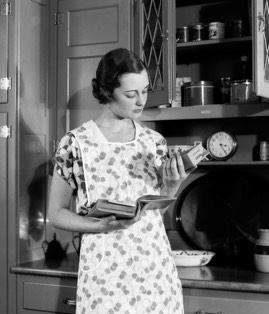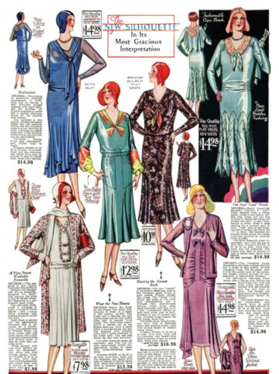Sign up for FlowVella
Sign up with FacebookAlready have an account? Sign in now
By registering you are agreeing to our
Terms of Service
Loading Flow

A woman's place
In the 1930s, social roles were clearly defined. A woman's place was in the home, a man's place was out at work. It was acceptable for women to work outside the home if they had no family to look after, but they were paid less than men were - even when doing the same jobs. Before the war, nearly five million women in the United Kingdom had paid employment, but most would have expected to leave as soon as they married, or when they had their first child.
With the onset of war, everything changed. Fathers perhaps joined the armed forces, or were sent away to do vital civilian work, so mothers often ran the home alone - and had to get used to going out to work, as well. Young single women, often away from home for the first time, might be billeted miles from their families.
Flexible working hours, nurseries and other arrangements soon became commonplace to accommodate the needs of working women with children. Before long, women made up one third of the total workforce in the metal and chemical industries, as well as in ship-building and vehicle manufacture. They worked on the railways, canals and on buses. Women built Waterloo Bridge in London.

